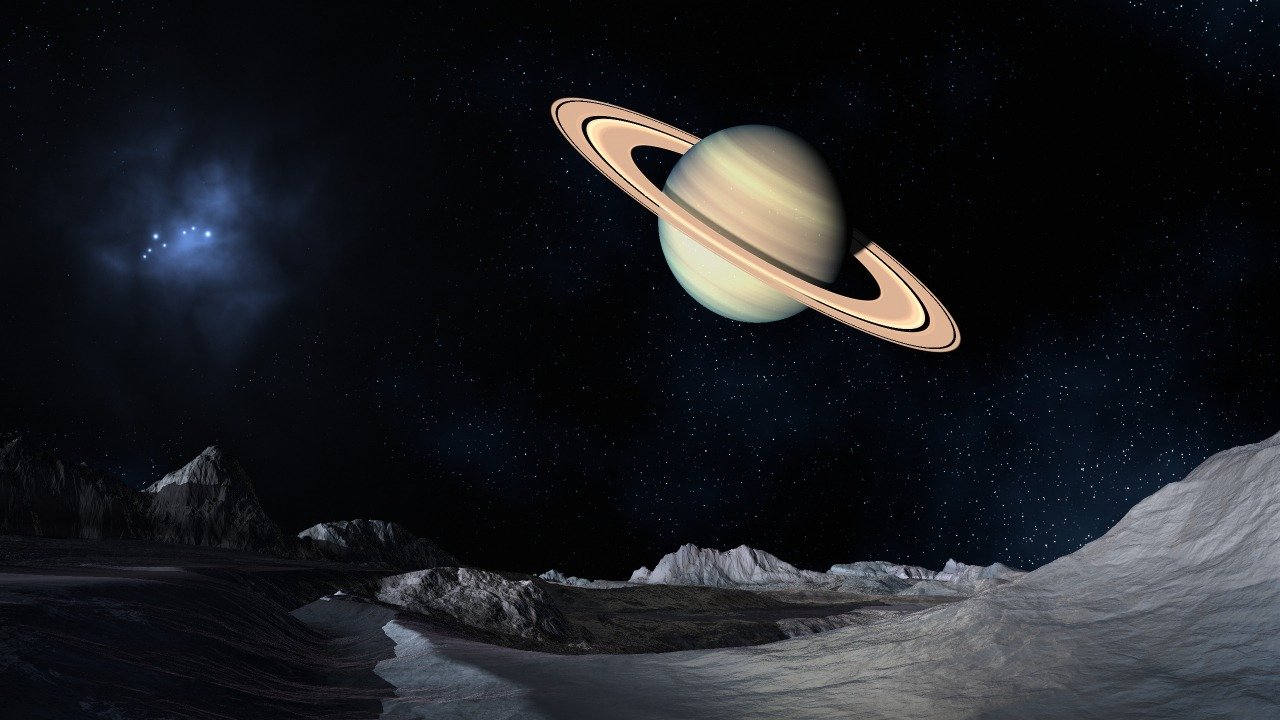Tel Aviv University Researchers Help Find Two New Planets

Israeli scientists were leading a team that used artificial intelligence (AI) to find two new massive planets that are a part of remote solar systems. The planets have the same size as that of Jupiter, which is 1300 times larger than the Earth, and they are made up of gases for the most part. These planets are quite close to their respective suns due to which it only takes them four days to complete an orbit, which is 365 days for the Earth.
TAU researchers help make a discovery
A team led by researchers from the Tel Aviv University (TAU) used data from the Gaia spacecraft, which is also known as space observatory) and belongs to the European Space Agency (ESA), for identifying the planets.
The two planets were named after the observatory, as Gaia-1b and Gaia-2b. The former is at a distance of 1,186 light years and the latter is 682 light years away from the Earth. The university issued a statement in which it said that Gaia had already revolutionized the world of astronomy and now this mission was yet another scientific contribution that it had helped make.
Gaia’s contributions
The Gaia spaceship had been launched back in 2013 and since then, it has helped in mapping a billions stars that make up the galaxy. Artificial intelligence (AI) was leveraged by the team for identifying changes in the brightness of the various suns under observation, as this would indicate if an orbiting planet was obscuring them.
One of the Tel Aviv University researchers, Prof. Shay Zucker said that Gaia monitors hundreds of millions of stars constantly, along with their different properties. Their brightness is one such factor that is monitored and an orbiting planet often hides a star’s stellar surface, which leads to dimming.
This can help in detecting planets. It is a technique that has existed for years, but Gaia had not been used for it before. He said that his team had been looking at this effect, so they had come up with the software tools that were needed for tracking periodic dimmings, which led to the discovery.
Artificial intelligence
In a statement issued by the TAU, Zucker said that they had used artificial intelligence (AI) for conducting precise searches that eventually led to this discovery. He said that they had used a telescope in the United States for taking measurements and this had allowed them to confirm the existence of two giant planets.
He said that these planets were very close to their suns, so they were able to complete their orbit within four days. Hence, a single year on Earth is equal to 90 years of those planets. He added that they had conducted more observations to confirm that the two were indeed planets and had used telescopes based on Earth for this purpose.
Zucker said that Gaia had not been designed for tracking planets in the same way as TESS or American Kepler missions, but the amazing piece of technology had indeed made a contribution.



